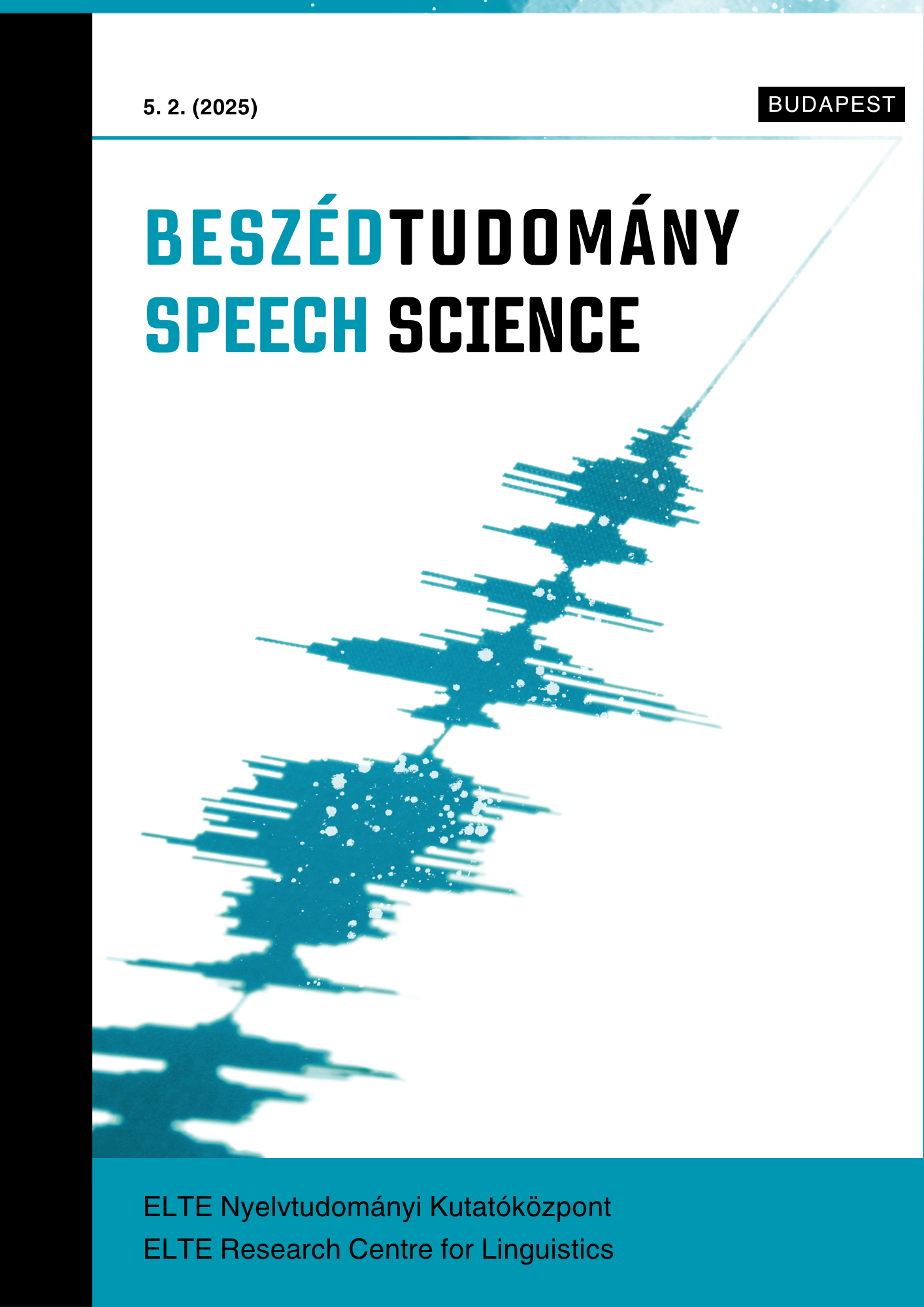Difficulties in perception of Mandarin Chinese vowels [ɤ] and [ɿ]/[ʅ] by Hungarian learners of Mandarin
Absztrakt
This study examines the identification of Mandarin Chinese language (hereafter: Chinese) vowels [ɤ]/[ɿ]/[ʅ] by Hungarian learners of Chinese, as these vowels are neither part of the vowel phoneme system, nor appear as allophones in Hungarian language. Our aim is to investigate the perceptual patterns of these sounds and within this scope the identification of the mid from the high vowels at different learning stages. We also aim to explore the potential sources of the observed patterns.
21 beginners (in their first semester of learning Chinese) and 10 intermediate learners (in their fifth semester of learning Chinese) were studied. The beginner group was further divided into three sub-groups: (a) one of the groups is taught exclusively by a native Chinese speaker, (b) another group taught solely by Hungarian L2 speakers of Chinese, and (c) a third group is taught by both a native Chinese and a Hungarian L2-speaker of Chinese. The intermediate group was also taught by both teachers. Using an X(AB) identification test, we investigate the identification of Chinese vowels [ɤ] and [ɿ]/[ʅ] among Hungarian learners of Chinese.
The ratio of the correct identification of [ɤ] was found to be lower than the correct identification of the high vowels. The findings also suggested that including a native speaker as a teacher significantly improves learners’ perception. Finally, the advanced group did not perform better than the beginner groups, which is argued to be caused by longer orthographic input’s influence and the students’ memory.
The results indicate that the type of language experience (teacher) and the writing system together affect the perceptual identification.




